Frank Müller
Concurrency with Go
#1about 6 minutes
Concurrency as a natural model for software design
Modern software can be structured like the real world by composing independent processes that communicate with each other.
#2about 4 minutes
The evolution from threads to modern concurrency
Modern runtimes manage lightweight processes, moving beyond complex, error-prone threading with mutexes to encapsulated state and message passing.
#3about 6 minutes
Actor model vs communicating sequential processes (CSP)
Go's concurrency is built on the Communicating Sequential Processes (CSP) model, where anonymous processes communicate over named channels, unlike the Actor model's named processes with inboxes.
#4about 8 minutes
Common patterns for concurrent architectures
Concurrency enables powerful design patterns like service providers, resource managers, supervisors for fault tolerance, and ETL data pipelines.
#5about 4 minutes
An overview of the Go programming language
Go is a pragmatic, multi-paradigm language designed by pioneers like Ken Thompson and Rob Pike, featuring implicit interfaces and first-class functions.
#6about 8 minutes
Go's core concurrency primitives: goroutines and channels
Lightweight concurrent functions called goroutines are launched with the `go` keyword and communicate or synchronize over typed channels.
#7about 3 minutes
Waiting for goroutines with sync.WaitGroup
The `sync.WaitGroup` type provides a simple and effective mechanism to block the main goroutine until a collection of background jobs has completed.
#8about 6 minutes
Streaming and piping data with channels
Channels can be used to stream data between goroutines, and closing a channel signals the end of the stream to a ranging receiver.
#9about 5 minutes
Building a concurrent service with multiple channels
A common but verbose approach to building a concurrent service involves creating separate channels for each type of operation, leading to complex state management.
#10about 5 minutes
A simpler actor-like pattern using a function channel
A more elegant service pattern uses a single channel to send functions, which are then executed sequentially by the background goroutine, simplifying the API and centralizing logic.
Related jobs
Jobs that call for the skills explored in this talk.
Matching moments

03:54 MIN
Moving from C# to modern languages like Go
Coffee with developers - Brian Morrison
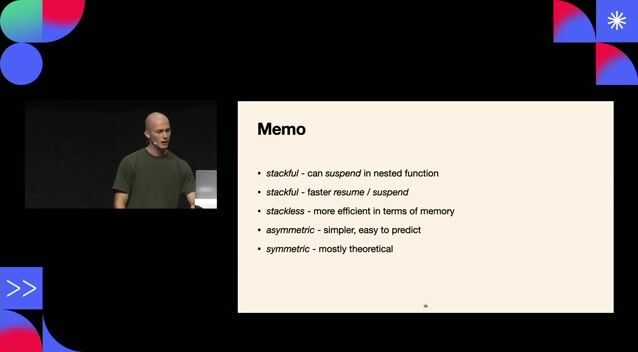
18:53 MIN
How coroutines fit into modern threading models
Coroutine explained yet again 60 years later
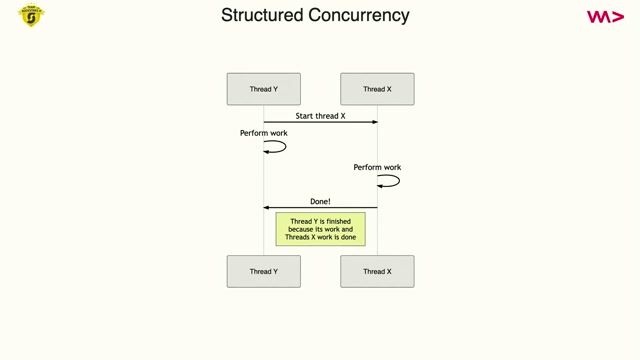
15:14 MIN
Managing concurrent tasks with structured concurrency
Modern Java: This is not your father's Java anymore
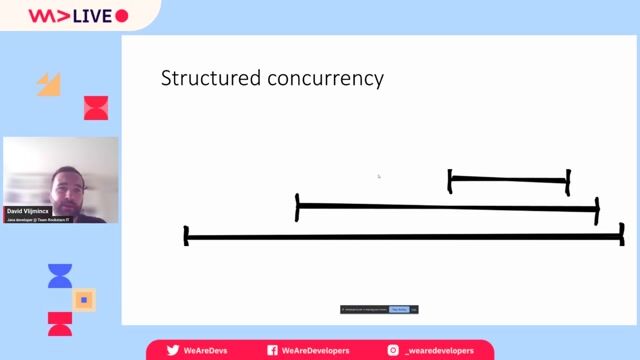
24:41 MIN
The problem structured concurrency solves
Introduction and pitfalls of Java's new concurrency model

02:56 MIN
How Java and Go emerged to address C++ limitations
Eternal Sunshine of the Spotless Programming Language

27:10 MIN
How ZGC achieves concurrency with colored pointers
Trash Talk - Exploring the memory management in the JVM

23:22 MIN
How virtual threads solve the concurrency problem
Java 21: The Revolution of Virtual Threads - A Deep Dive
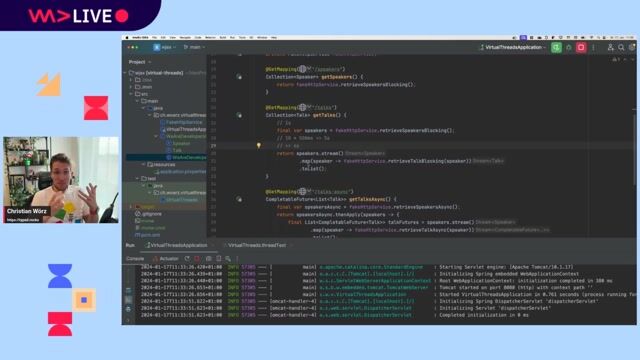
34:06 MIN
Managing parallel tasks with structured concurrency
Java 21: The Revolution of Virtual Threads - A Deep Dive
Featured Partners
Related Videos
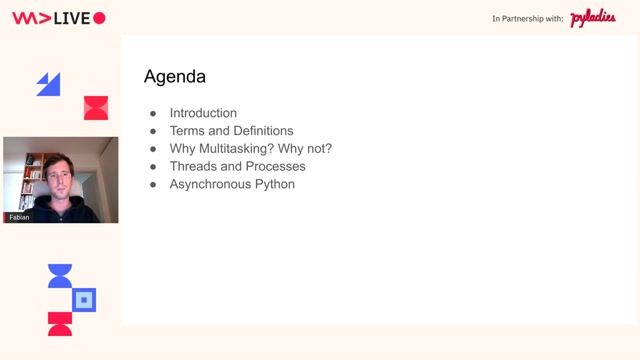 33:44
33:44Concurrency in Python
Fabian Schindler
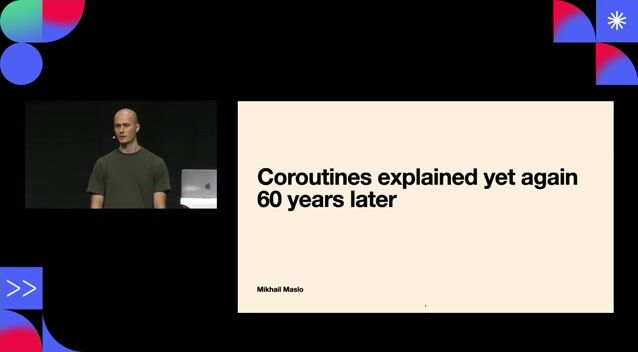 30:43
30:43Coroutine explained yet again 60 years later
Mikhail Maslo
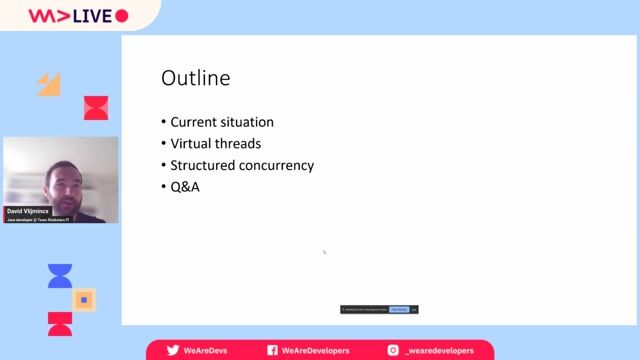 52:51
52:51Introduction and pitfalls of Java's new concurrency model
David Vlijmincx
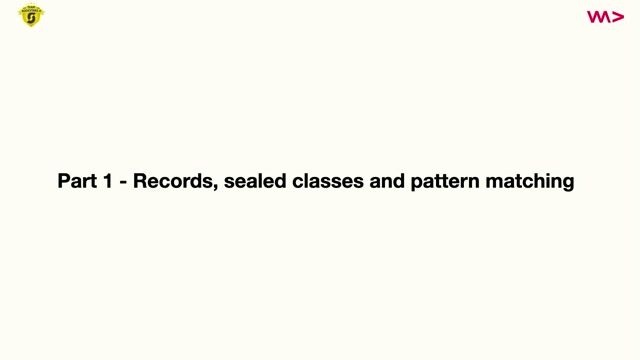 27:49
27:49Modern Java: This is not your father's Java anymore
Ron Veen
 1:00:16
1:00:16C++ in constrained environments
Bjarne Stroustrup
 55:30
55:30Java 21: The Revolution of Virtual Threads - A Deep Dive
Christian Woerz
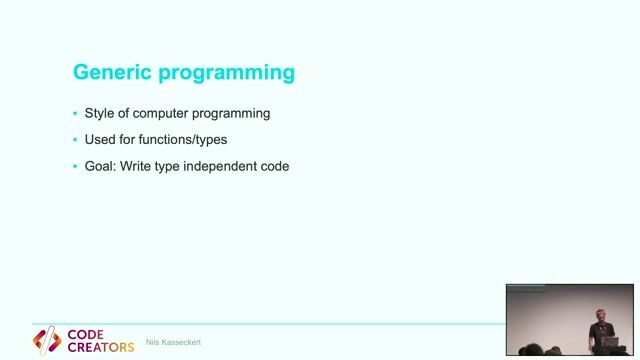 25:08
25:08Go Generics
Nils Kasseckert
 26:54
26:54Functional Programming in C++
Jonathan Müller
From learning to earning
Jobs that call for the skills explored in this talk.



Software Engineer - Fullstack (Go/Vue.js) - Cloud Native
Schwarz Dienstleistung KG
API
Vue.js
TypeScript
Kubernetes
Software Architecture





